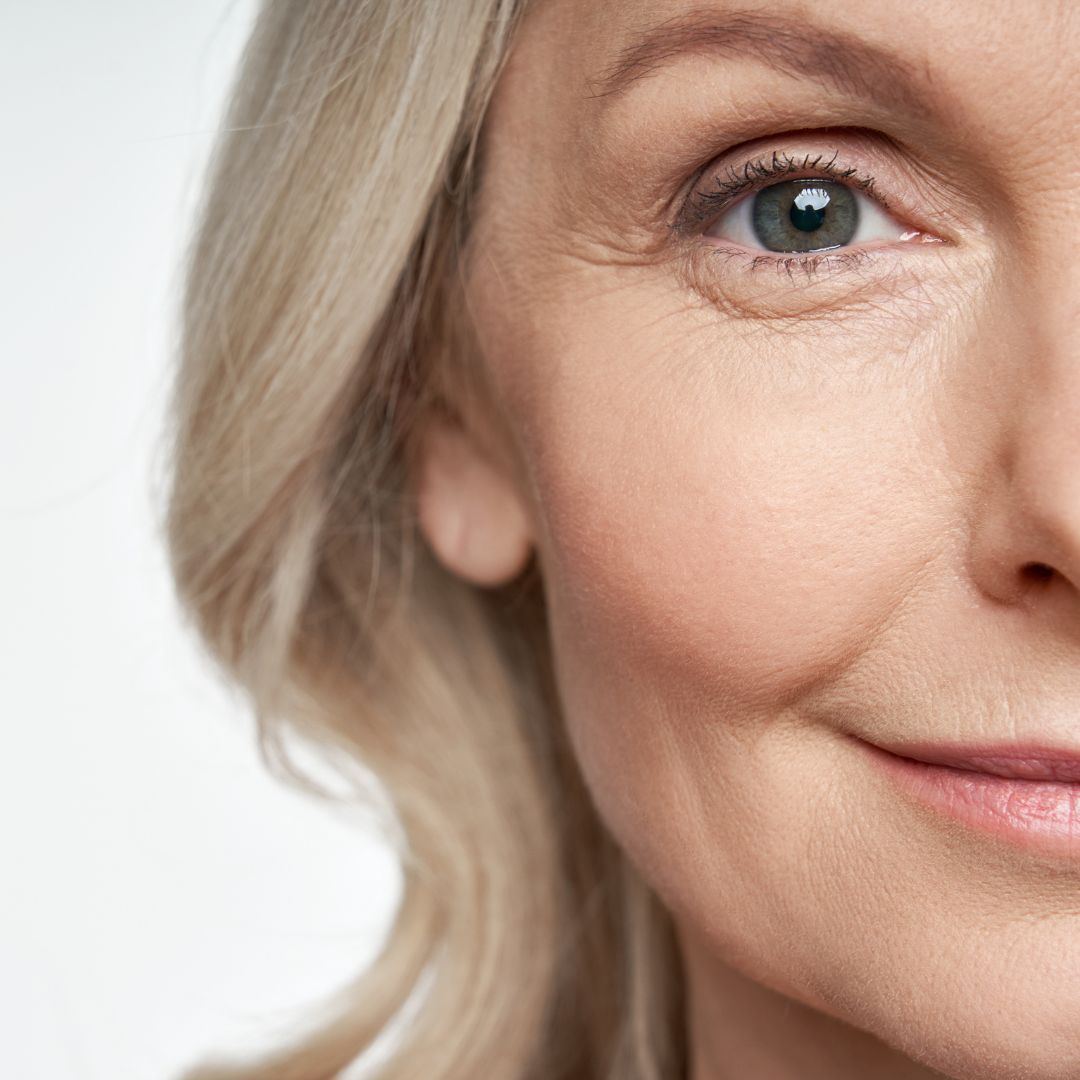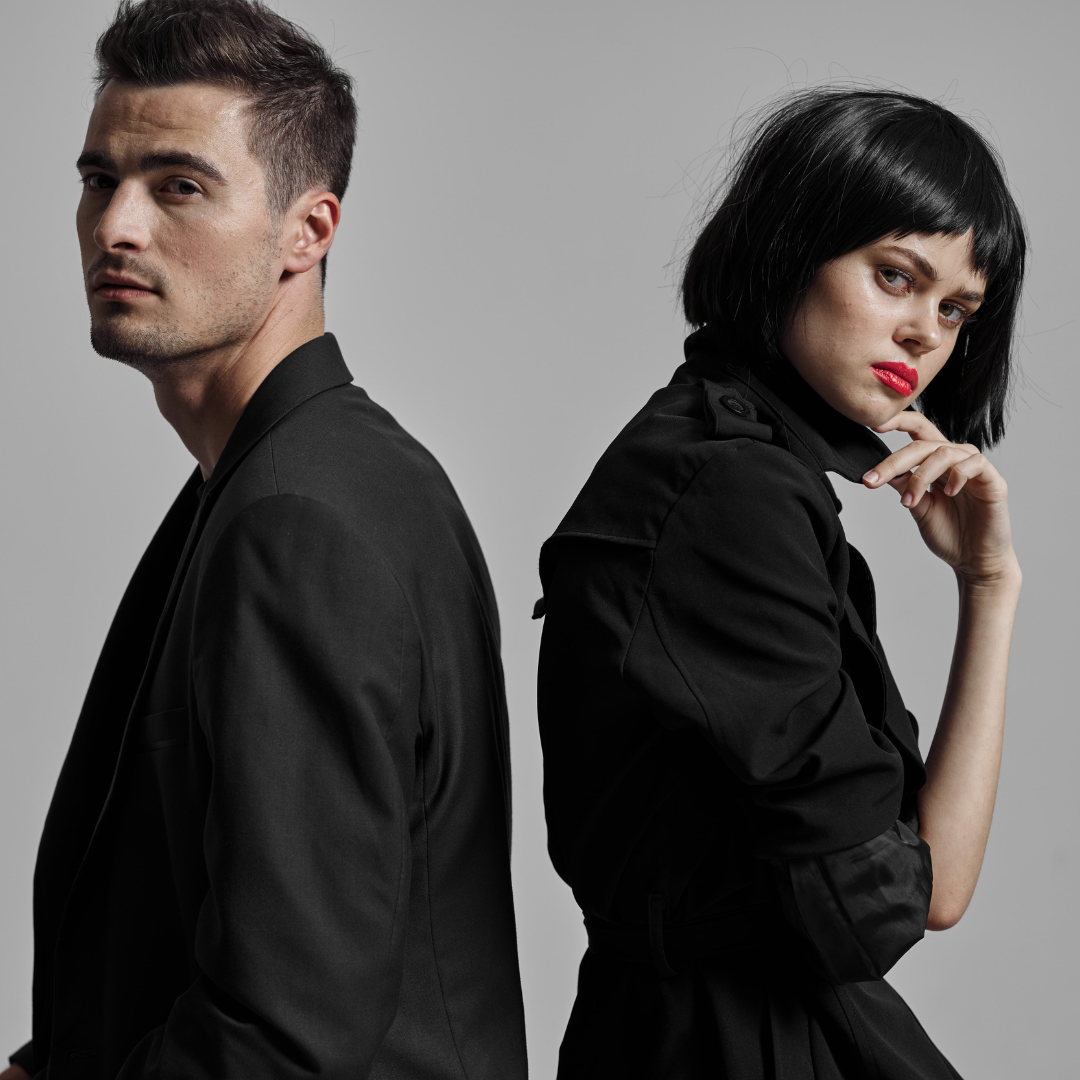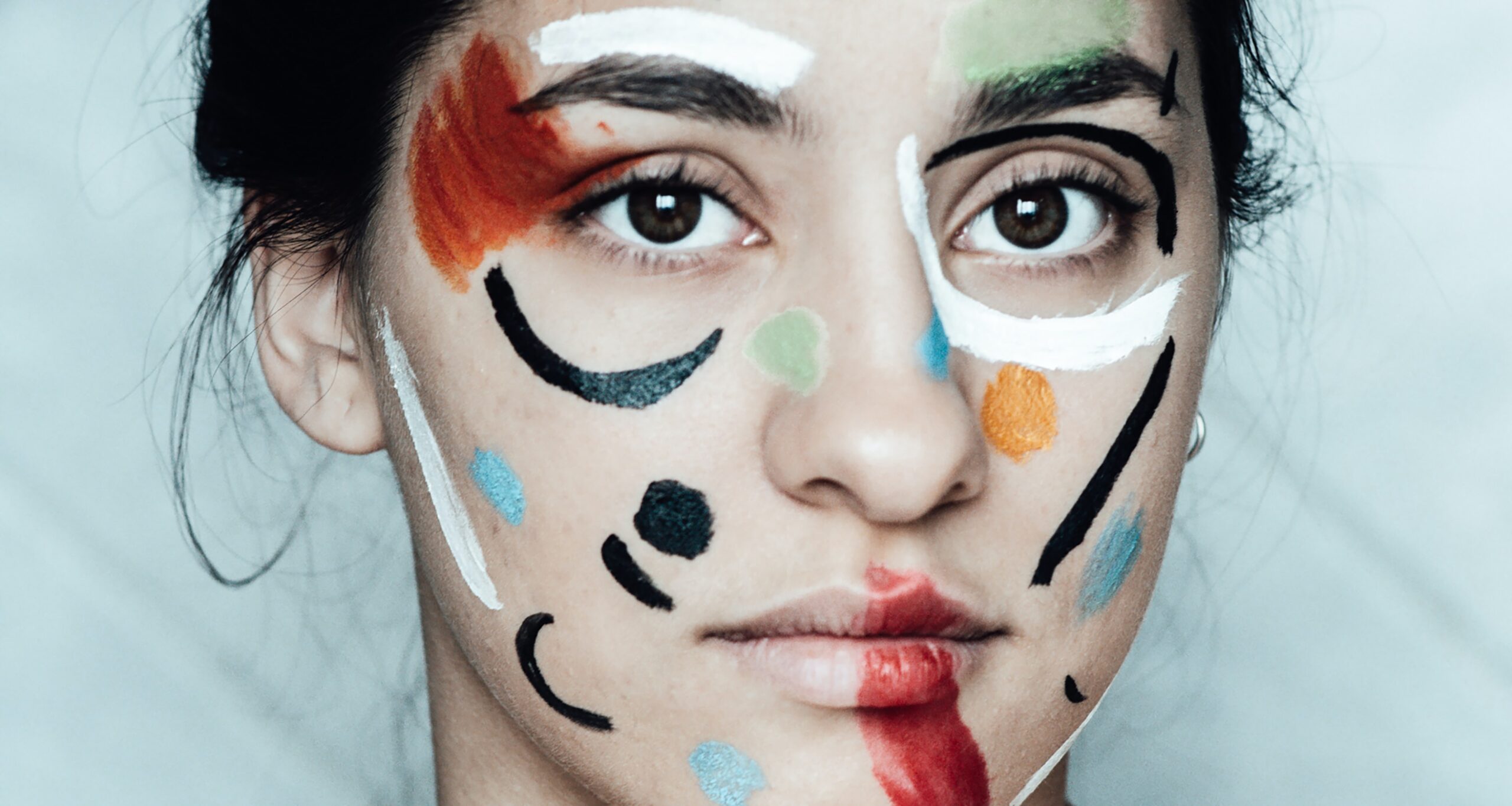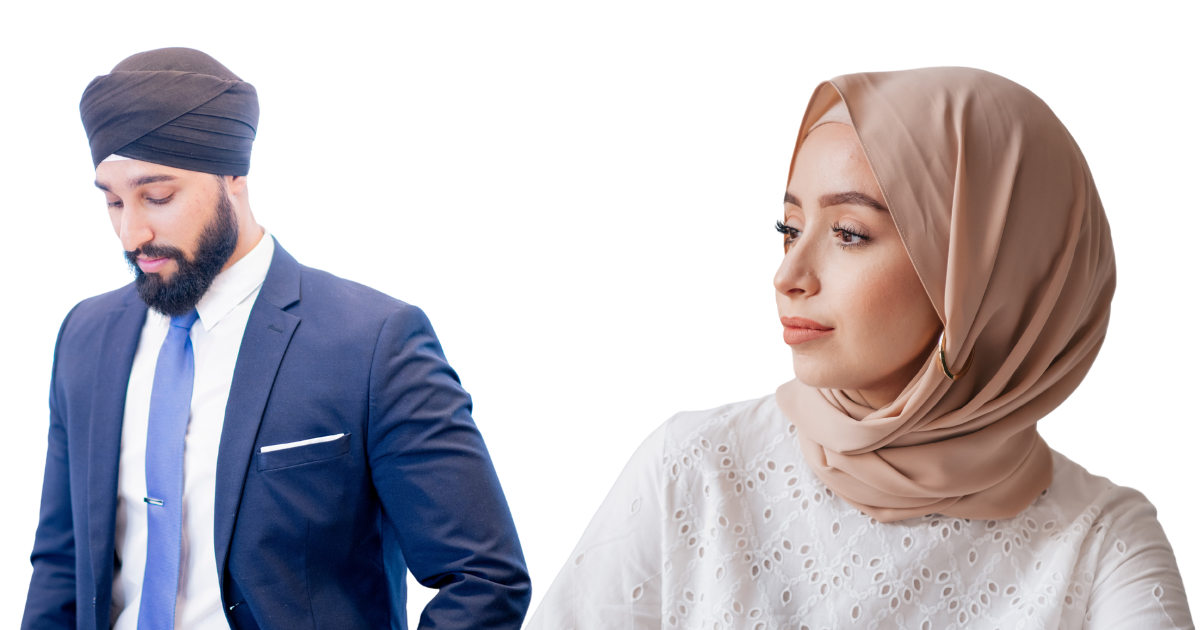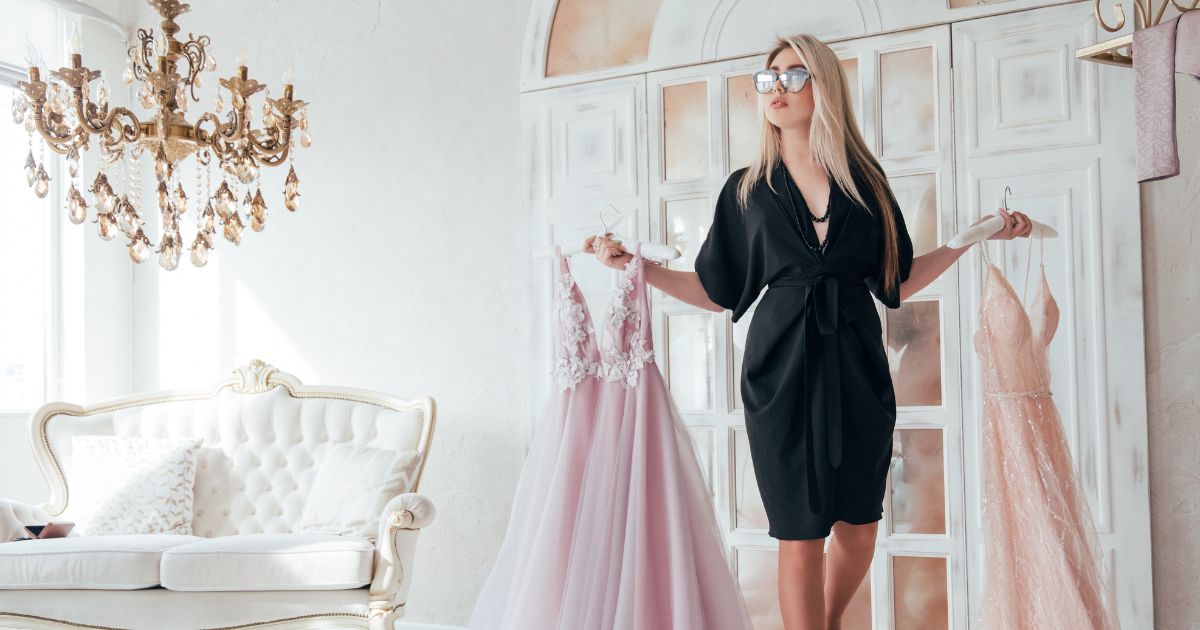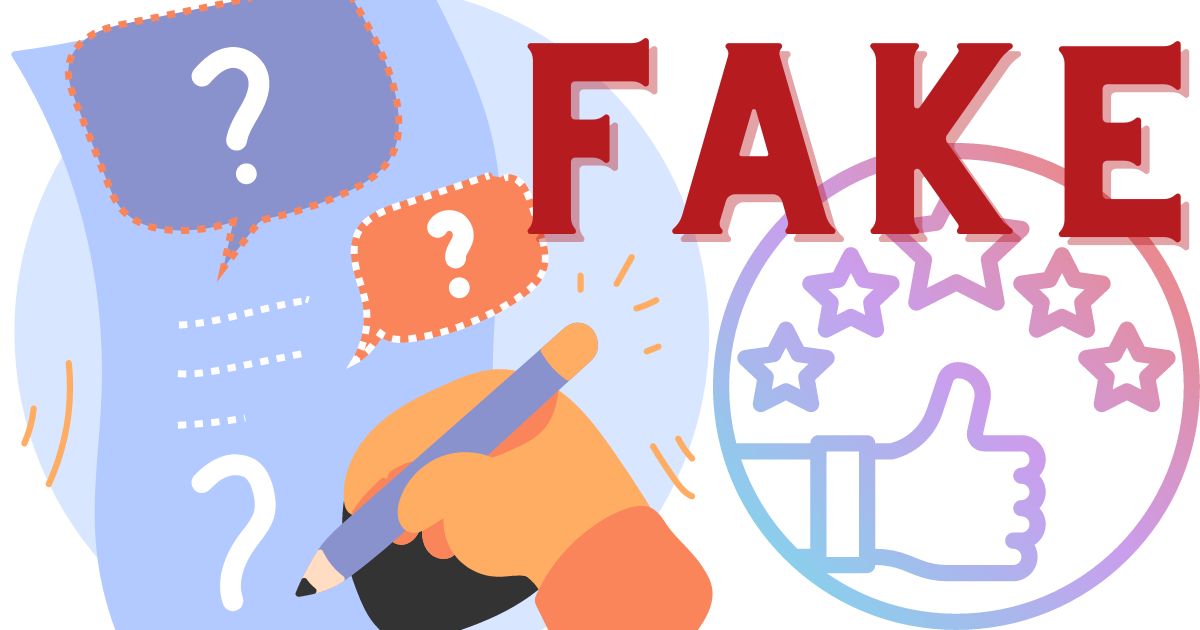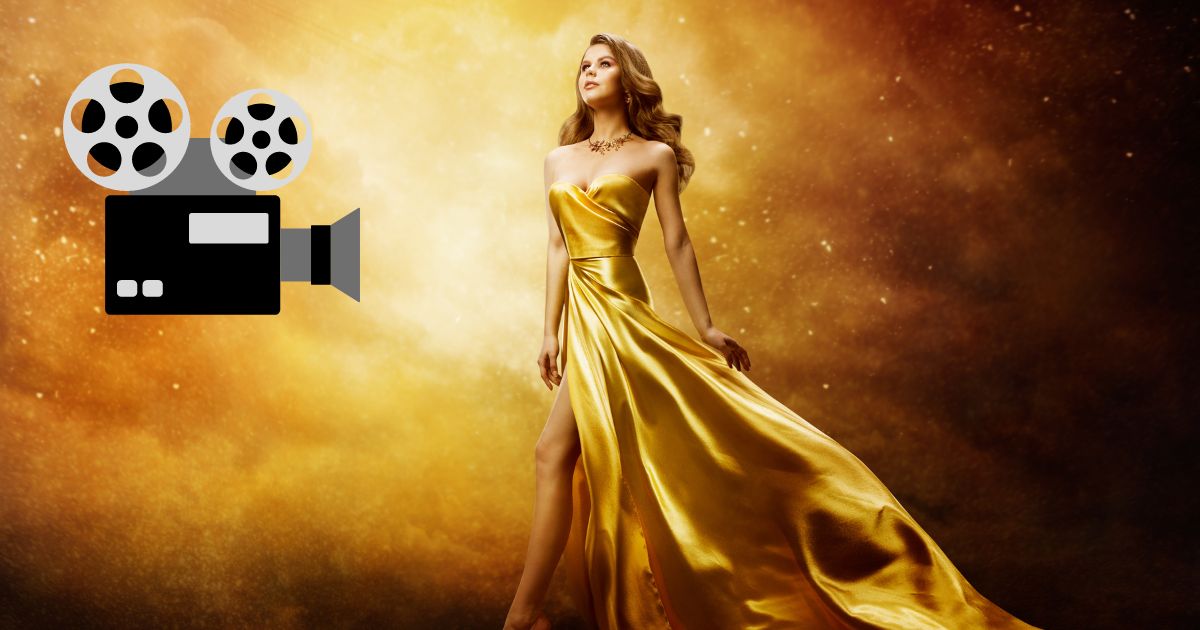Historically, the fashion industry has always focused on portraying clothes with slim bodies, only hiring models that fit into the category of having the perfect measurements. Nowadays, with the body positivity movement, this has changed, at least a little bit; with brands hiring more plus-size and multicultural models. However, has anyone ever thought about other less-represented groups of people? What about people from 40-60+ ages? Can you name a single model that fits into this category? The average person would not, as it is quite difficult to find models from this age range. The phenomena of ageism –which could be discussed in other industries as well– also affects models in the fashion industry, which in return, affects consumers.
Sadly, aging is not reflected positively in the fashion industry, not even in the imagery we see in magazines and adverts. Just in the beauty industry, we are bombarded with tons of “remedies” and “recommendations” to look and stay younger because we have been conditioned to assume that looking “younger equals healthy/pretty”. Due to the huge influence of advertisements, most people become insecure, feeling like their body is not enough, and that since they get older, they should stick to a certain specific boring attire.
We should remind consumers that fashion is a way to express themselves and that they should not limit their creativity in terms of age. A reasonable change of mind might happen if fashion brands would start hiring older models so that more people can feel represented in the media. However, to analyze ageism in the fashion industry we must ask ourselves the following question: What has caused the fashion industry to systematically hire younger female and male models?
The principal reason behind the decision of portraying younger female and male models rely on the fact that this industry can be aspirational: fashion brands tend to prioritize youthful aspiration over a realistic depiction of what their customer actually looks like. Apart from that, youth and vulnerability can go hand in hand; with a lack of diverse age representation comes a lack of experience, which brands can take advantage of. However, not only age comes into play as an important factor, but gender as well.
For instance, female models do not have an easy journey. They are expected to start their careers at a very delicate and young age like 13-14 years old, compromising on their childhood and teenage learnings and the career ends also very fast. Comparatively, Male models have a longer career path and have offers coming in even at the age of 60. While most female models can be ready for retirement by the time they turn 25, males tend to start later and are more likely to make modeling a long-term career.
Apart from commercial modeling, on the runway, anti-establishment brands are carving out space for a variety of representation. Some designers like Yohji Yamamoto and Junya Watanabe have been casting older male models for decades. Although more work needs to be done, male models still have more opportunities in the fashion industry in spite of the ageism phenomenon. What is being done to include older female models?
To combat such situations, there are ventures in the fashion industry like The Bias Cut. Jacynth Bassett founded The Bias Cut as an age-inclusive fashion boutique, after learning about the ageism her 66-year-old mother faced when shopping. She argues that fashion makes older women, in particular, feel “irrelevant or invisible,” which has an inevitable knock-on effect when it comes to self-esteem.
According to Hannah Swift, the industry defines what we should wear by shaping what we think and feel is age appropriate. As a result, people find it difficult to express themselves through mediums of fashion in a way that makes them feel good about their age. If fashion brands start catering to older people, it will benefit them in a way that this audience has a higher economic power. Not only this, but it would also benefit society by reducing anti-aging narratives, which as a consequence perpetuates negative stereotypes that underpin ageism in society.
Let’s not forget that fashion has the supreme power to shape societal standards. We’ve been taught for a very long time that youth and beauty go hand in hand, but this fetishization has made it possible for young models to be exploited, and older women in particular have been erased despite having more money to spend. If we are guided by the fashion industry standards, usually women over 50 are thought of as a group with no diversity. In reality, fashion brands should cater to them and view them as unique and modern, while at the same time ensuring that they must embrace their age, rather than trying to aspire to be younger. On the other hand, men over 50 are thought of as a group who wants boring plain formal attire; when in reality, older men can also want to express themselves with vibrant clothing, so male models should represent them as well.
To sum up, ageism in the fashion industry is still a phenomenon that has not disappeared. This can be represented by the difference between gender as well, since older male models still have a lot of career potential, in contraposition to female models, which –generally– can be considered for retirement once they reach 25 years of age. Nonetheless, as the quest for diversity expands, more fashion ventures are trying to change the previous fact. Let’s hope that the future looks bright and the fashion industry can embrace models getting older. Nowadays, consumers are aspiring to become a better version of themselves, rather than desiring to be younger. The fashion industry must listen.







